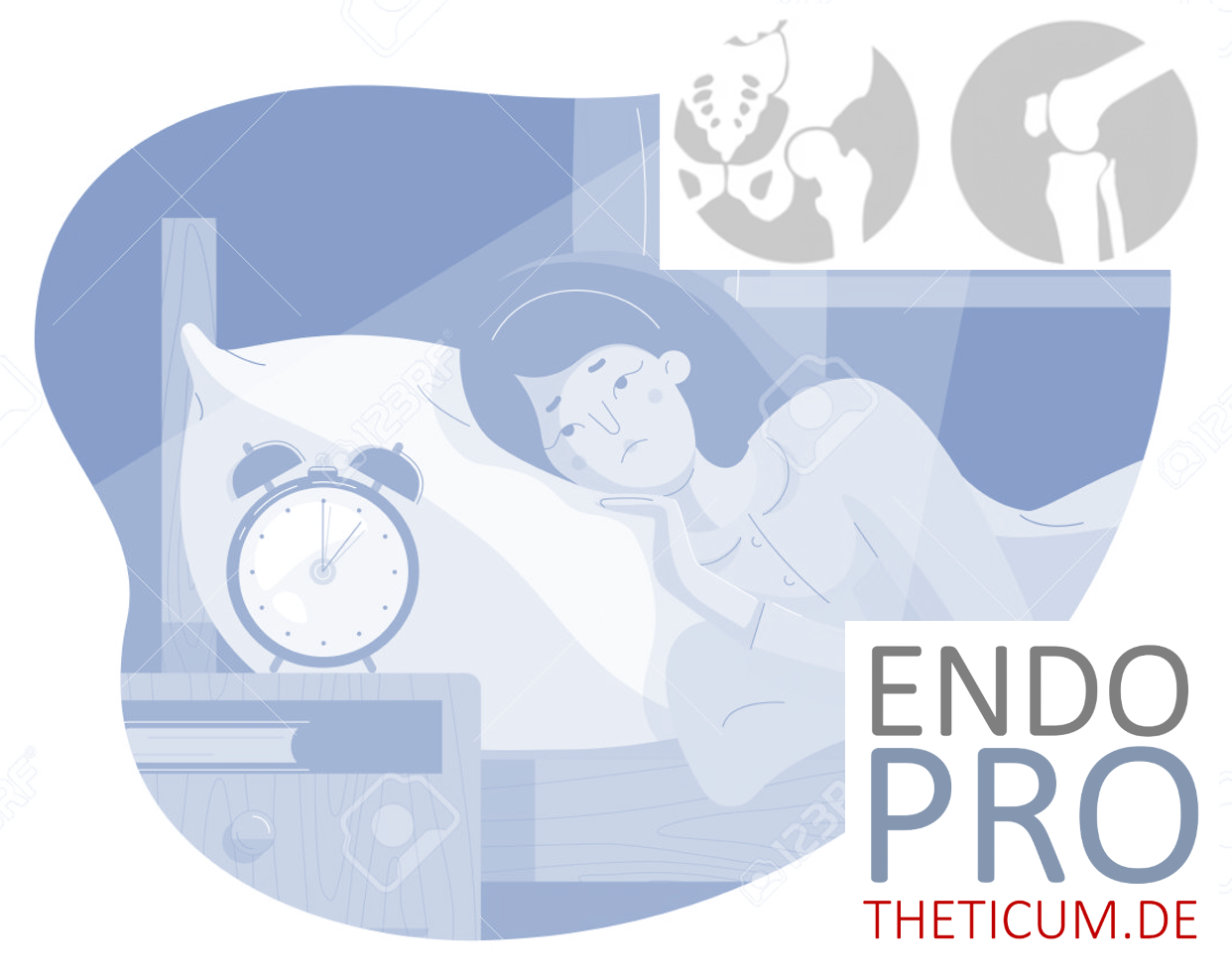Hip dysplasia – PAO or short stem prosthesis?
PAO or short-shaft prosthesis: which criteria influence the choice

Hip dysplasia, a congenital or early childhood maldevelopment of the hip joint, presents both patients and those treating them with complex decisions. Two common therapeutic approaches, periacetabular osteotomy (PAO) and implantation of a short-stem prosthesis, offer different advantages and challenges. This article highlights the indication criteria, advantages and disadvantages as well as the suitable patient groups for these methods.
What is hip dysplasia?
Hip dysplasia is a malformation of the hip socket (acetabulum) in which the socket does not sufficiently cover the head of the femur. This creates instability and an increased risk of osteoarthritis. Typical symptoms include pain in the groin radiating to the thigh, knee and lower back. In the advanced stages, there are increasingly painful restrictions on movement.
Periacetabular osteotomy (PAO)
Definition and objective
Periacetabular osteotomy (PAO) is a surgical procedure for the treatment of hip dysplasia that aims to preserve natural joint function by reshaping the pelvic bone. The procedure was developed by Professor Reinhold Ganz and is characterized by his joint-preserving philosophy.
Course of the procedure
During the PAO, the bony socket part of the pelvis near the hip joint is divided in a controlled manner at three points in several steps. The hip socket is then adjusted to a more optimal position so that the head of the femur is better covered. To stabilize the new socket position, metal screws are used, which can usually remain in the body.
Goal of the PAO
- Improved biomechanics: Better alignment of the joint distributes the load more evenly, reducing wear and tear.
- Osteoarthritis prevention: Anatomical correction can slow or stop the progression of osteoarthritis that has already begun.
- Preservation of the natural joint: Unlike the implantation of a prosthesis, your own hip joint is preserved.
Indication criteria
The PAO is particularly suitable for:
- Younger patients (15-40 years) with stable cartilage.
- Mild to moderate osteoarthritis: The method is not suitable if there are already severe signs of wear and tear.
- Adequate bony structure: A strong and healthy pelvic and hip bones are a prerequisite for the success of the operation.
Advantages of PAO
- Joint-preserving: avoiding endoprosthetic replacement.
- Longevity: Aims for a long-term reduction in the risk of osteoarthritis.
Disadvantages of PAO
- Long rehabilitation: loading is only possible gradually.
- Technical complexity: high demands on the surgeon.
- Age restriction: Less suitable for older patients or advanced osteoarthritis.
- Difficult implantation of a later hip prosthesis: If an endoprosthetic treatment becomes necessary at a later point in time, the previously performed PAO can change the anatomy of the hip joint in such a way that the prosthesis implantation is technically more difficult and is associated with a higher risk of complications.
Post-treatment
- Load build-up: Initially only partial load (approx. 20-30 kg) is permitted. Full resilience is achieved gradually over weeks or months.
- Physiotherapy: Intensive mobilization to restore joint function.
- Long-term control: Regular follow-up examinations to ensure treatment success.
Short stem prosthesis
Definition and objective
The short-shaft prosthesis is a modern form of endoprosthetics in which the femoral neck is largely preserved. It is used for degenerative changes in the hip and offers a bone-saving alternative to the standard prosthesis.
Indication criteria
A short-shaft prosthesis is suitable for patients who:
- Pre-existing osteoarthritis or other degenerative changes are present.
- a desire for quick recovery and mobility .
Advantages of the short stem prosthesis
- Bone-saving: Preserves the femoral neck.
- Fast rehabilitation: full weight bearing is often possible at an early stage.
- High success rate: Modern short-shaft prostheses demonstrate impressive durability. Studies suggest that such prostheses can now last for 30 years or longer without any problems if the indication is correct. This means that the need for replacement surgery has drastically decreased.
Disadvantages of the short-stem prosthesis
- Implant wear: Despite modern materials, loosening remains theoretically possible in the long term.
- No joint-preserving option: the natural femoral head is removed.
- Lifespan: May be limited depending on load.
Post-treatment
- Mobilization usually from the first postoperative day.
- Continuous physiotherapy for optimal mobility and muscle building.
Comparison of the two procedures
Age and cartilage status
- Younger patients (< 40 years): Joint preservation with PAO recommended.
- Older patients (> 60 years): Short-shaft prosthesis makes more sense due to degenerative changes.
Professional and family stress
- Physical professions: Short-shaft prosthesis allows for faster resilience.
- Low-impact activities: PAO can provide long-term benefits.
Post-treatment duration
- PAO: Longer rehabilitation with partial weight-bearing.
- Short-shaft prosthesis: early full loading possible.
Pre-existing osteoarthritis
- Little or no osteoarthritis: PAO can show good results.
- Advanced osteoarthritis: short-shaft prosthesis clearly preferred.
Modern developments in short-shaft prosthetics
Hip arthroplasty has made enormous progress in the last few decades. Short-shaft prostheses in particular impress with innovative design and material developments such as state-of-the-art sliding pairs that have extremely low abrasion values. These developments minimize the risk of implant loosening and ensure a service life of up to 30 years or more. The procedure is now also possible in a minimally invasive manner with excellent results in terms of patient activity. Due to this success rate, the decision-making process for many patients is increasingly shifting in favor of the short-stem prosthesis, even for younger patients.
Conclusion
The choice between PAO and short stem prosthesis depends on a variety of individual factors. While the PAO is suitable for younger, active patients with preserved cartilage, the short-shaft prosthesis is the better choice for older patients with degenerative changes. Both procedures have their justification and should be carefully considered, taking into account the individual life situation, professional requirements and state of health. The decision is one of the most difficult in the field. However, with modern advances in arthroplasty, the short-stem prosthesis has gained remarkably high status because it offers a combination of durability, bone-sparing design, and faster rehabilitation.
MAKE AN APPOINTMENT?
You are welcome to make an appointment either by phone or online .



























